Volgograd’s Rich History
Volgograd, a city located in southern Russia on the banks of the Volga River, has a history steeped in significance and transformation. From its origins as Tsaritsyn to its pivotal role in the Battle of Stalingrad and its subsequent evolution into the modern metropolis it is today, Volgograd offers a fascinating journey through Russian history. This article explores the various phases of the city’s history, shedding light on its cultural, political, and military importance.
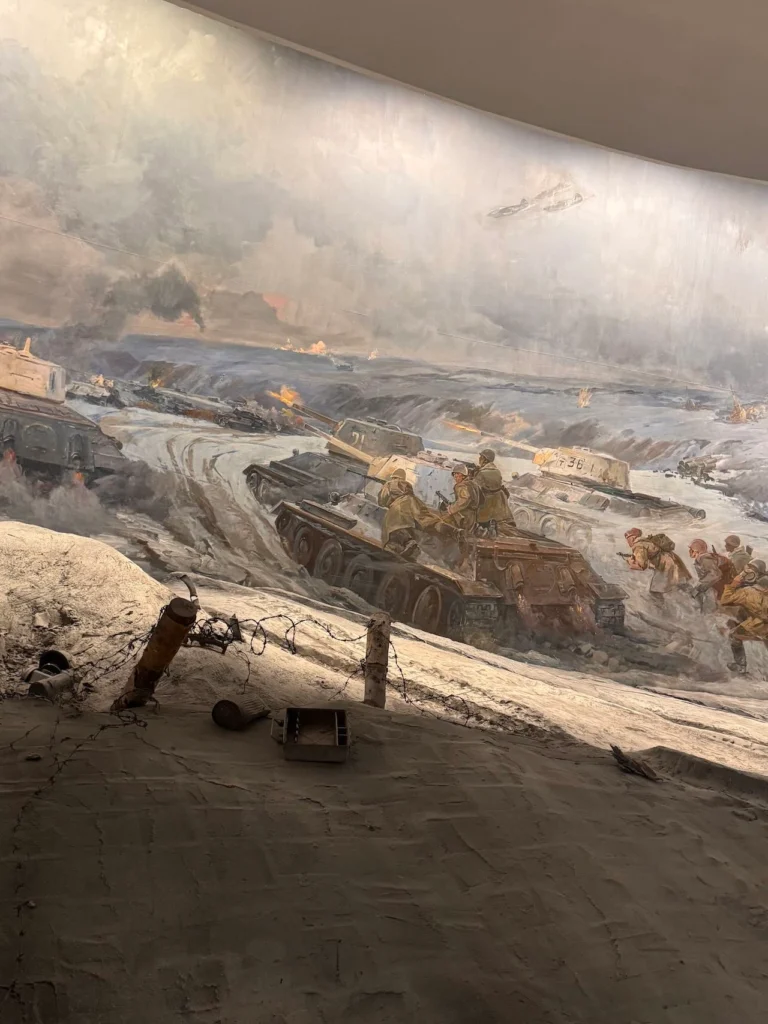
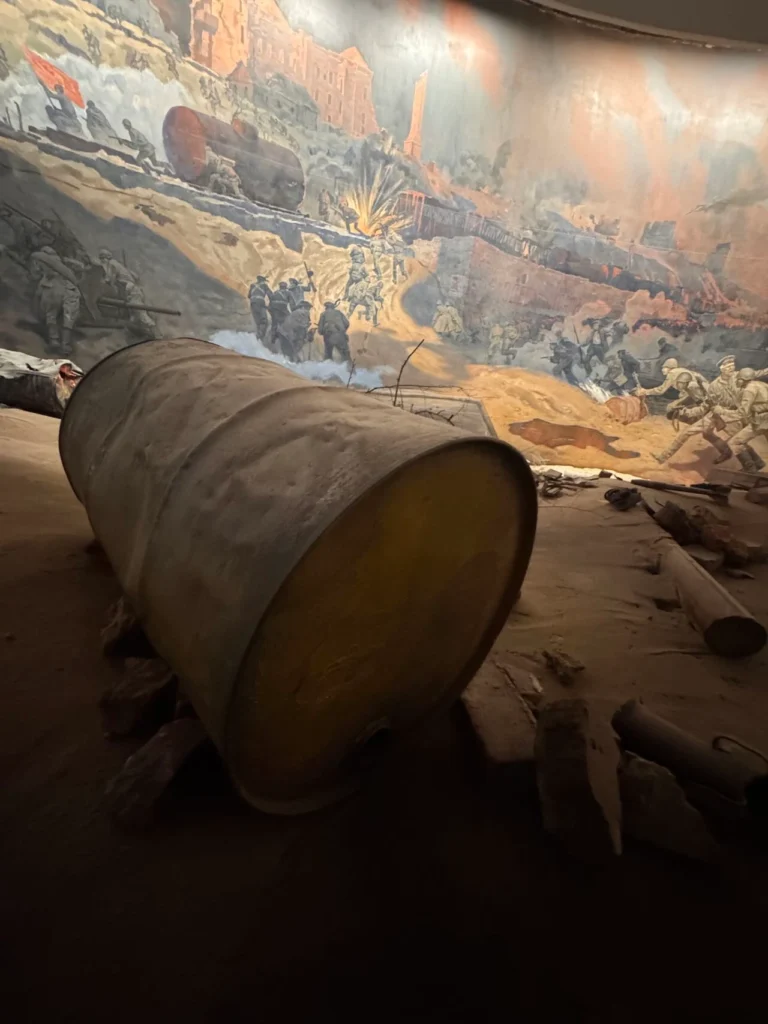
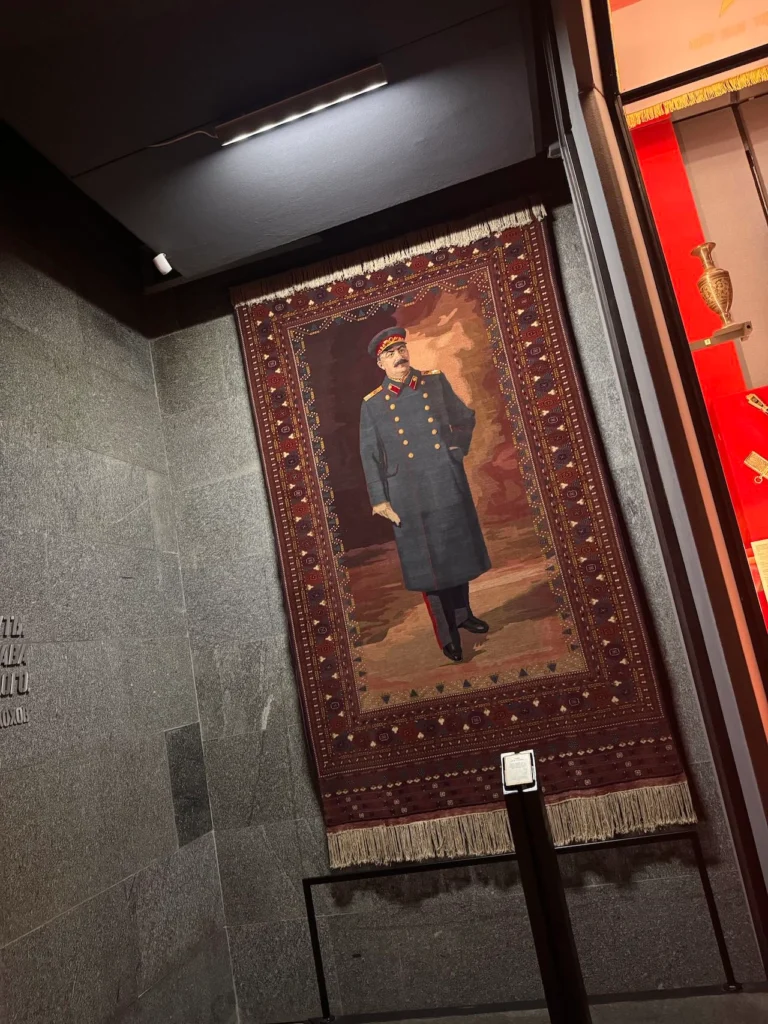
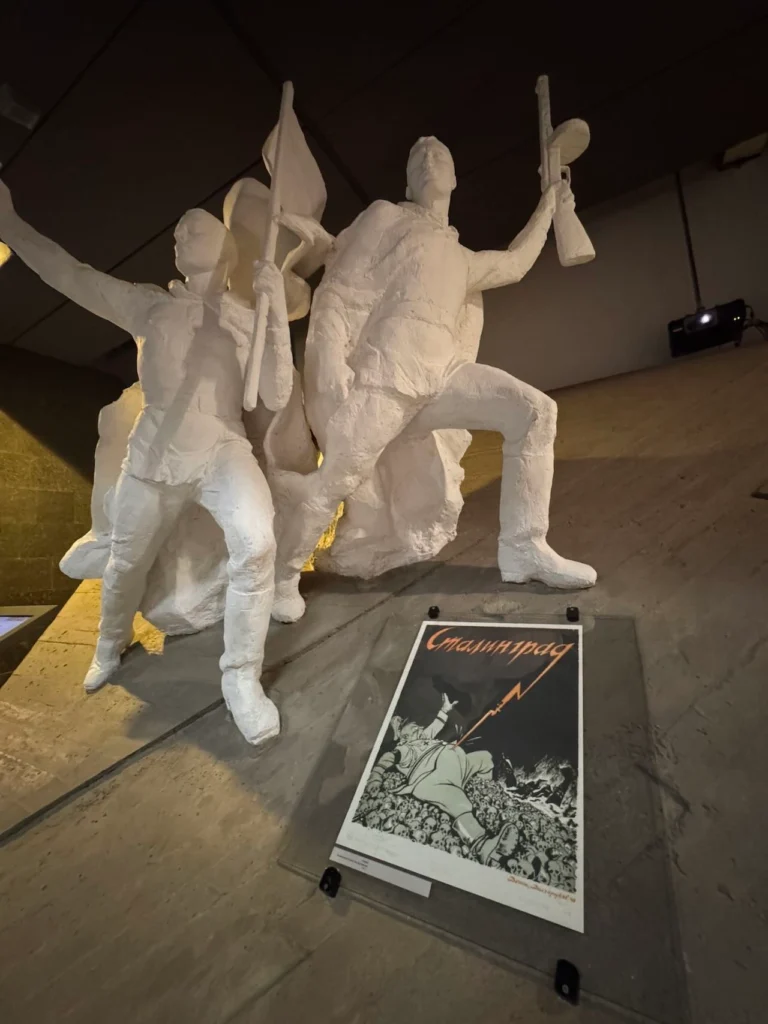

The Beginnings: Tsaritsyn’s Foundation
Volgograd’s history begins in the 16th century, long before it gained international prominence during World War II. The area that would eventually become Volgograd was first settled by the Russians in 1589 when the Tsarist government established a military fortress named Tsaritsyn. This fortress was strategically located on the banks of the Volga River and was meant to protect the southern borders of the Russian Empire.
Early Development and Strategic Importance
- Tsaritsyn was positioned along the Volga trade route, an important commercial pathway connecting Central Russia to the Caspian Sea and beyond. Its location allowed the town to thrive as a trade hub, facilitating the exchange of goods such as grain, furs, and livestock.
- The town also served as a vital military outpost, particularly during the Cossack uprisings and the Russian civil war in the 17th century. Over time, Tsaritsyn began to grow into a more urbanized area, with a mix of Russian, Cossack, and Tatar communities.
Tsaritsyn to Stalingrad: A Changing Identity
By the early 20th century, Tsaritsyn had transformed into a bustling industrial city. Its strategic location along the Volga River made it an attractive site for the construction of heavy industry, particularly steel plants and factories, which played a major role in the Soviet economy.
The Russian Revolution and Civil War
In 1917, the Russian Revolution led to the downfall of the Tsarist regime and the rise of Soviet power. The years following the revolution were marked by civil war, and Tsaritsyn became an important battleground between Bolshevik and anti-Bolshevik forces.
- During the Russian Civil War (1917-1922), Tsaritsyn was the site of fierce fighting. The city was strategically important for the Bolsheviks, who needed control over the Volga River to maintain supply lines. Joseph Stalin, who was stationed in Tsaritsyn during the conflict, played a significant role in the Bolshevik victory. The city’s name was officially changed to Stalingrad in 1925 in honor of Stalin’s leadership.
- Stalingrad’s industrial base grew during the 1920s and 1930s, with the construction of factories, power plants, and steel mills, further cementing the city’s role as a critical industrial center in the Soviet Union.
The Battle of Stalingrad: A Turning Point in History
The city’s true international significance came in the early years of World War II, during the Battle of Stalingrad, one of the most brutal and decisive battles of the war.
The German Invasion and Siege of Stalingrad
- In the summer of 1942, Nazi Germany’s Wehrmacht launched its campaign to capture the Soviet Union’s southern regions, including the industrial city of Stalingrad. The city’s capture was seen as vital for Germany to control the oil fields of the Caucasus and disrupt Soviet production of military equipment and supplies.
- Adolf Hitler was determined to capture the city, and in August of 1942, the German Sixth Army, under General Friedrich Paulus, laid siege to Stalingrad. The city was heavily bombed, and much of it was reduced to rubble. Despite the devastation, Soviet forces, led by General Vasily Chuikov, mounted a fierce defense, turning Stalingrad into a symbol of Soviet resistance and resilience.

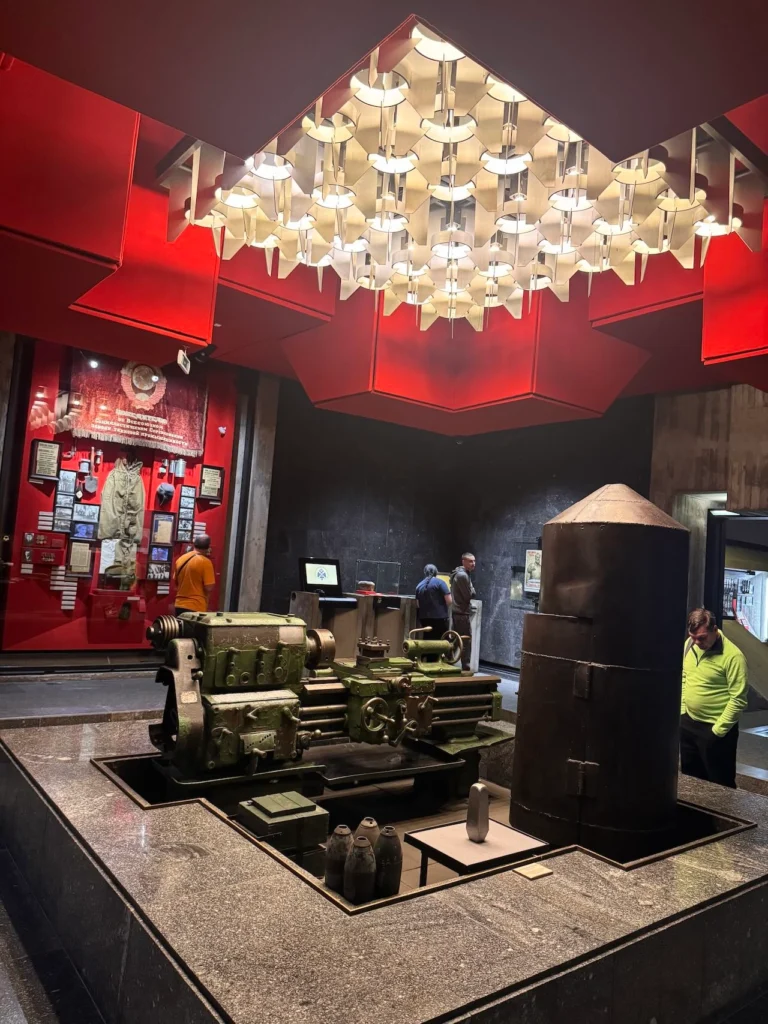
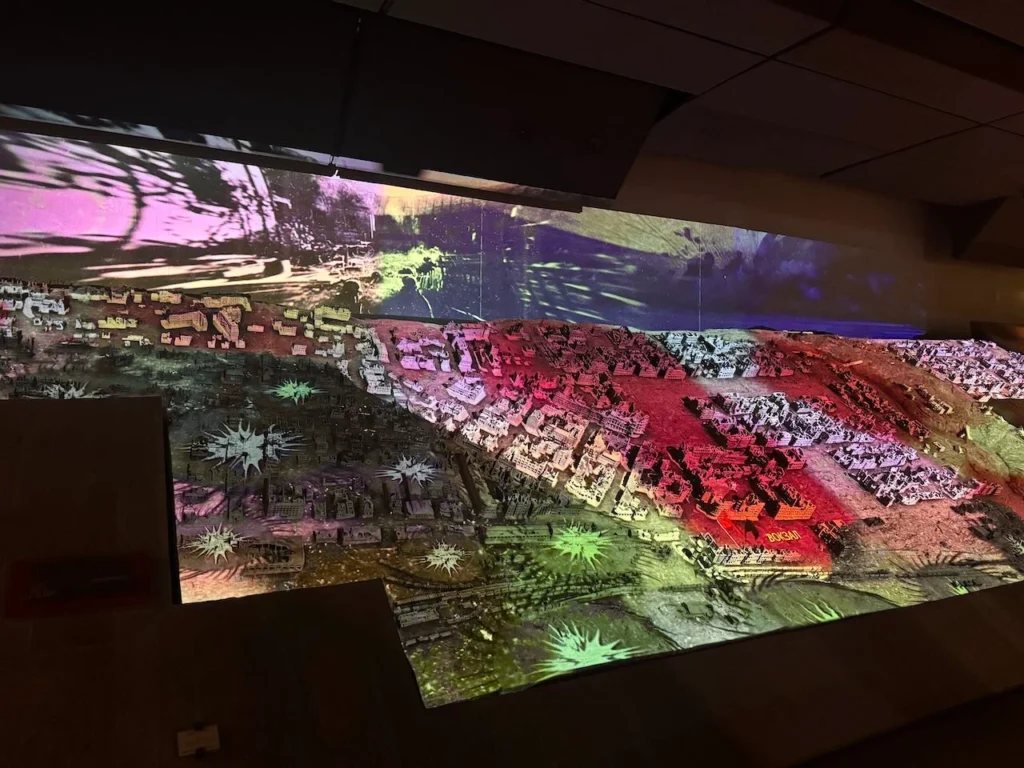

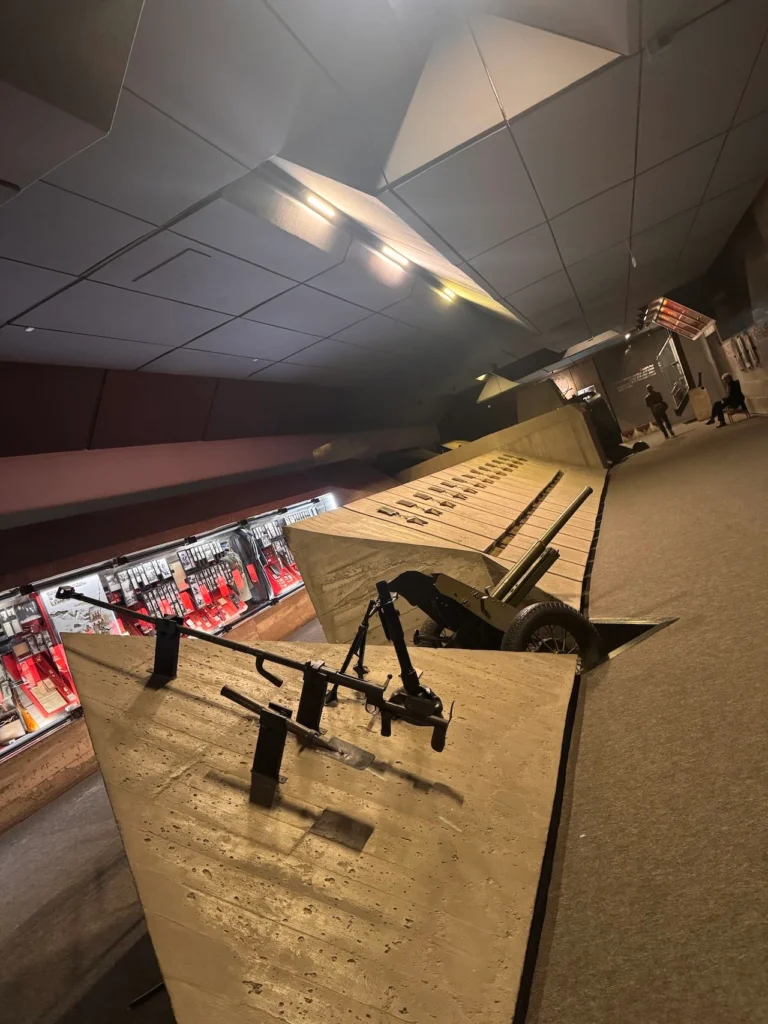
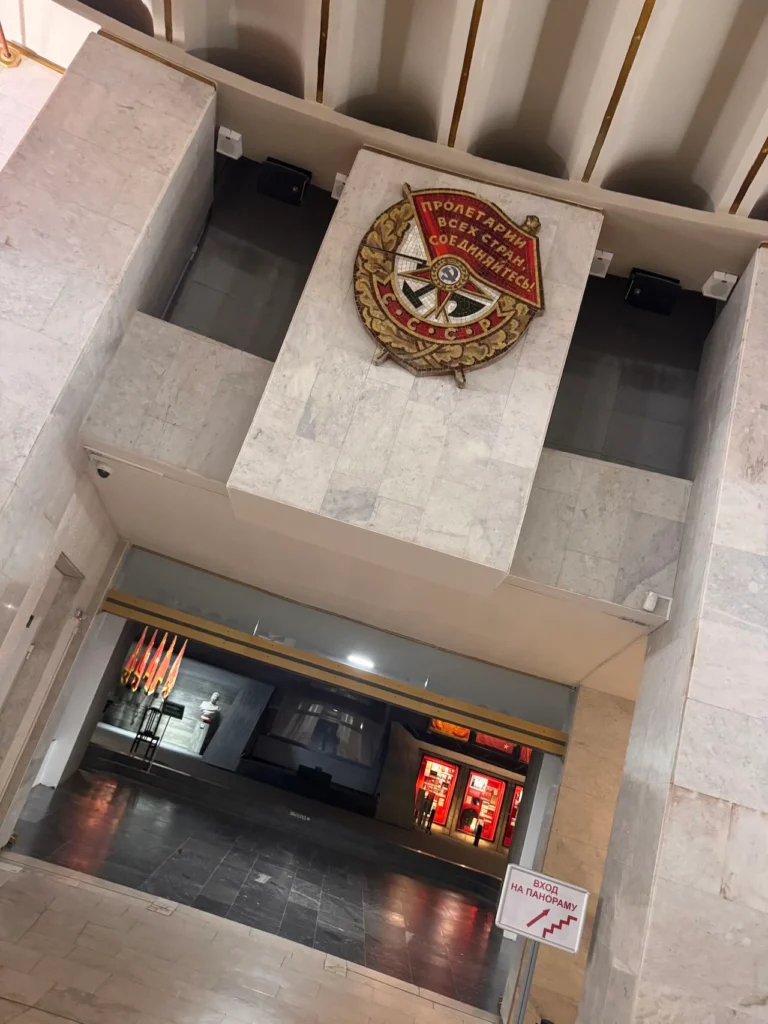
The Soviet Counteroffensive
- The Battle of Stalingrad became a war of attrition. Soviet forces, bolstered by reinforcements and strategic planning, launched a counteroffensive in November 1942, encircling the German Sixth Army. After months of fighting, with temperatures dropping below freezing and food supplies running low, the Germans were forced to surrender in February 1943.
- The defeat at Stalingrad marked a turning point in World War II, as the Wehrmacht suffered a devastating blow, and the Soviet Union began to push back the German forces, ultimately leading to the Allied victory in 1945.
Post-War Stalingrad: Rebuilding and Soviet Identity
In the aftermath of the Battle of Stalingrad, the city lay in ruins. Over one million people had been killed or wounded, and the infrastructure was in tatters. The Soviet government prioritized rebuilding the city to restore its industrial capabilities and symbolic importance.
Rebuilding the City
- Stalingrad’s reconstruction began almost immediately after the war. The Soviet government poured resources into rebuilding the city’s factories, residential areas, and infrastructure. New industries were established, and Stalingrad was once again transformed into a critical hub for Soviet production, particularly in the heavy industry sector.
- The Soviet Union used the memory of Stalingrad’s heroic defense as a tool for propaganda, showcasing the battle as a triumph of Soviet spirit and communist ideals. Monuments, memorials, and statues, such as the iconic Motherland Calls statue, were erected to honor the soldiers and civilians who sacrificed their lives during the battle.
Stalingrad to Volgograd: The City’s New Identity
In 1961, after Stalin’s death and the de-Stalinization efforts under Nikita Khrushchev, the Soviet Union officially changed the name of the city from Stalingrad to Volgograd. The decision was part of a broader effort to distance the country from Stalin’s cult of personality and his brutal policies.
- Despite the name change, the legacy of Stalingrad remained deeply ingrained in the identity of the city. The Battle of Stalingrad remained an important symbol of Soviet resilience, and the city’s war memorials became central to its cultural identity.
- The name change did not diminish Volgograd’s significance as an industrial city. It continued to grow, with new factories, residential areas, and transportation infrastructure being developed during the post-war period.
Volgograd Today: A City of Memory and Transformation
Modern-day Volgograd stands as a testament to the resilience and endurance of its people. Though it has evolved into a modern city with a growing economy, it still carries the weight of its historical legacy.
A Hub for Industry and Culture
- Today, Volgograd is a bustling city with a diverse economy. Manufacturing, agriculture, and energy remain important sectors, but the city has also become a growing center for education and tourism.
- Volgograd State University, one of the largest and most prestigious universities in the region, contributes to the city’s vibrant academic community. The city also boasts several cultural institutions, including theaters, museums, and galleries.
Preserving Historical Memory
- Volgograd’s role as a city of memory is central to its identity. The Battle of Stalingrad continues to shape the city’s cultural and historical landscape. Major landmarks such as Mamaev Kurgan, The Stalingrad Panorama Museum, and Pavlov’s House attract thousands of visitors annually who come to learn about the city’s history and pay homage to its wartime past.
- The Memorial Complex at Mamaev Kurgan, which includes the massive Motherland Calls statue, remains one of the largest war memorials in the world. It symbolizes the strength and sacrifice of the Soviet people during the war, and the site continues to be a place of reflection for both Russian citizens and foreign visitors.
Volgograd’s Role in Modern Russia
- Volgograd has embraced the future while remaining deeply connected to its past. The city continues to play an important role in Russia’s cultural and economic spheres, and it serves as a reminder of the country’s tumultuous 20th century.
- The city’s development over the past few decades has been impressive, with the Volga River embankment, new residential areas, and modern infrastructure transforming Volgograd into a vibrant, forward-looking city that still cherishes its rich history.
Conclusion
From its early days as Tsaritsyn to its pivotal role in the Battle of Stalingrad and its modern-day identity as Volgograd, the city has witnessed remarkable transformations over the centuries. Its historical significance, particularly in relation to World War II, continues to shape its identity today. Visitors to Volgograd are not only treated to a dynamic city with thriving industries and modern amenities but are also given the opportunity to reflect on one of the most important events of the 20th century.
Volgograd’s rich history, from Tsaritsyn to Stalingrad, provides a compelling narrative of resilience, conflict, and renewal. As the city moves forward, its past will continue to be a source of inspiration, while the city embraces the future with new opportunities and possibilities. For those looking to explore a city where history and modernity meet, Volgograd is an unforgettable destination.
